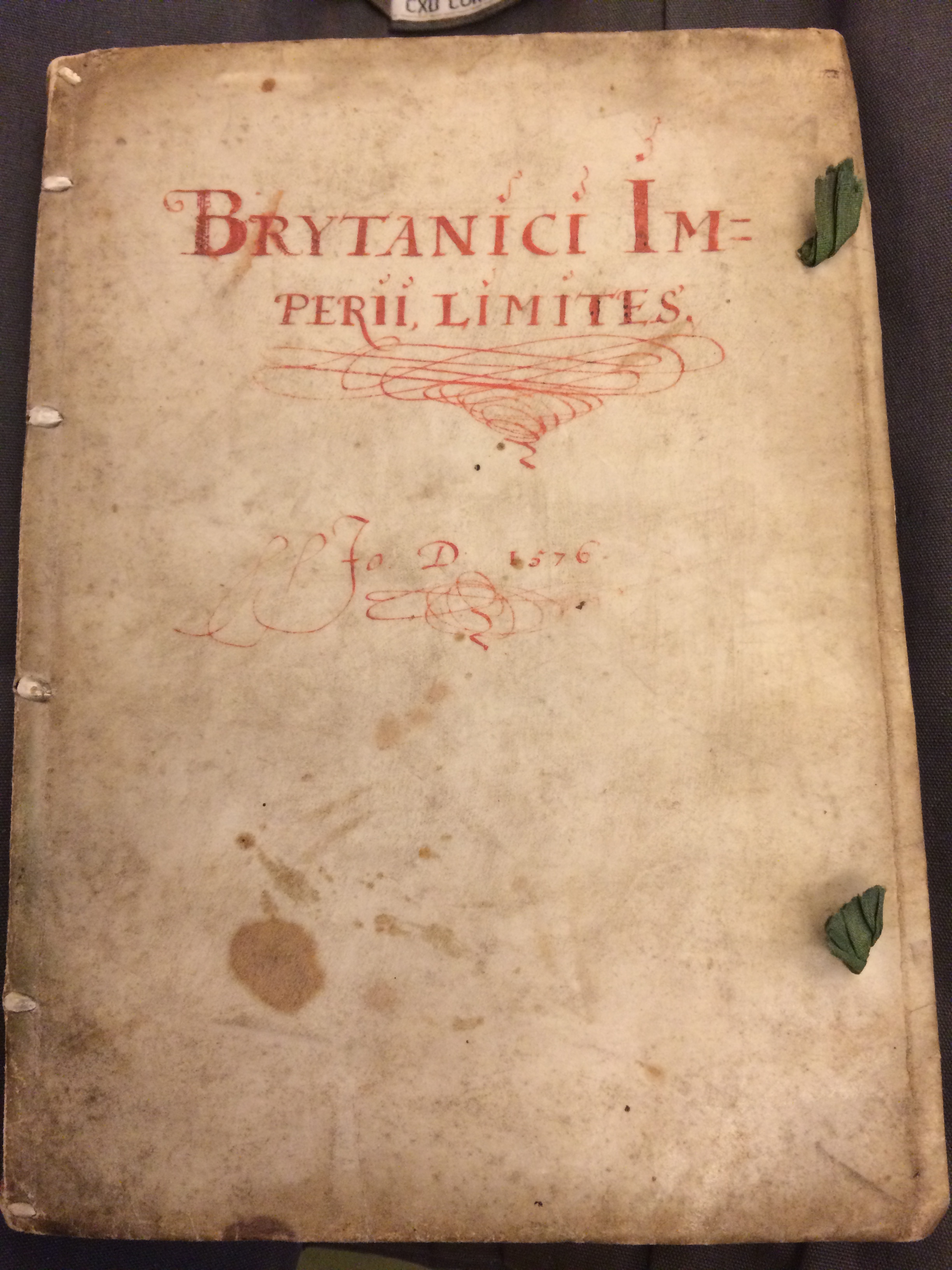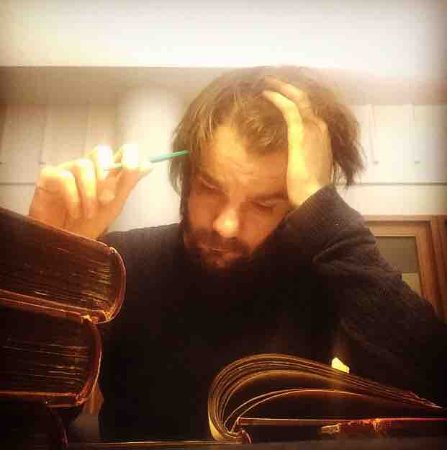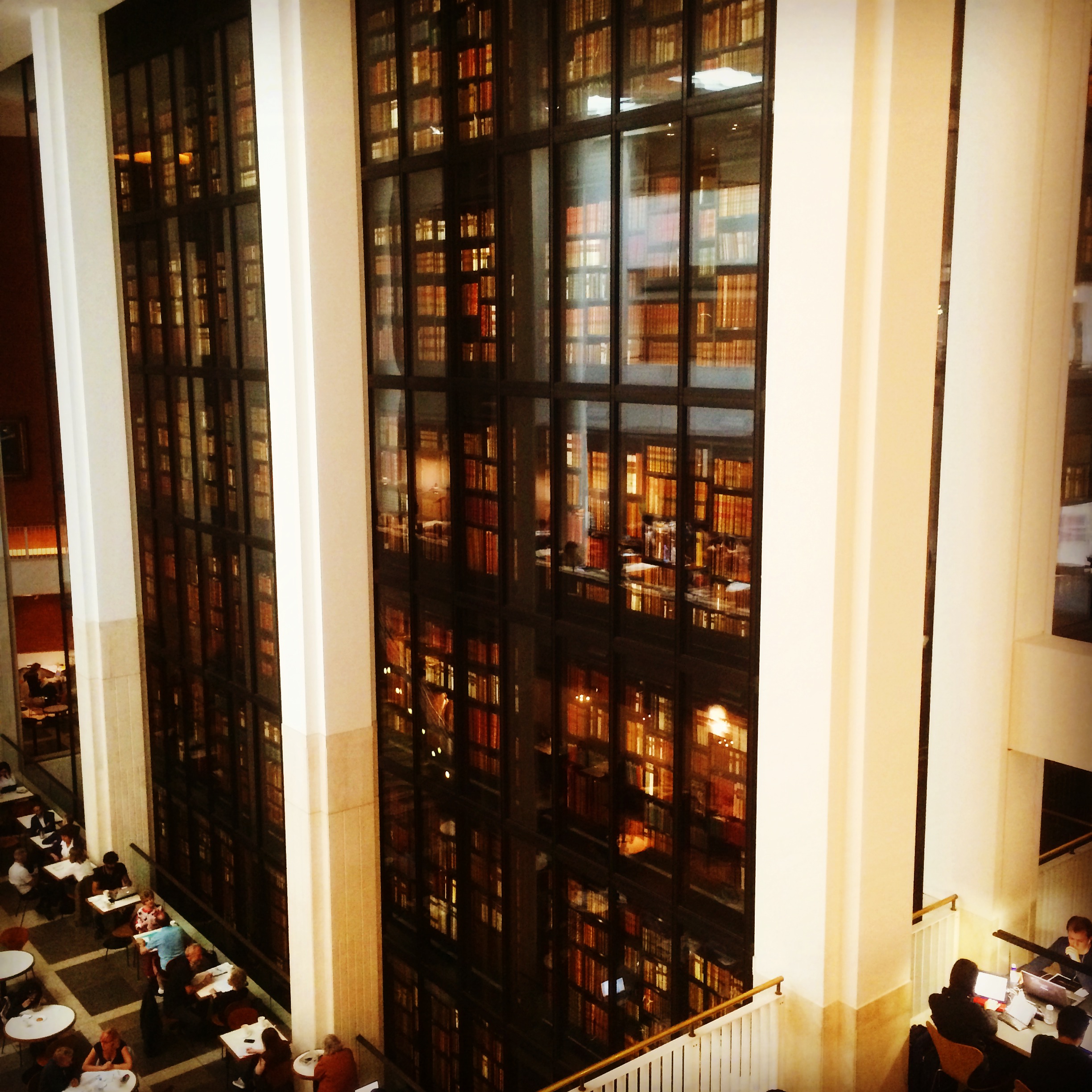Dearest Emily
Let me immediately delve into our illuminated discoveries following that contentious hero of ours Sir Francis Drake. Walking in his footsteps led upon an indubitably curious trail. We have come across some fascinating correspondence between Drake and none other than that most remarkable of fellows, Dr John Dee.
As you are well aware, Dr Dee is utterly infamous in his field. His field being the realms of science fiction, the occult and the exquisite glamorisation of folklore and legend, cleverly disguised in the respectable mask of history. He was I hasten to add, one of the foremost genius mathematicians and cartographers of his generation, a truly brilliant mind, albeit one who saw spirits of the dead through magic mirrors and had the odd casual chat with angels about wife swapping.
Though my mind dismisses many of Dee’s beliefs, I cannot deny his trust in the magical possibilities available to a good Christian soul in the Tudor world. Therefore I do not question his ambition as he sought several treasures of mythological importance. Dee was a scientist of his era, there was just a wider scope of what might be accepted scientific.
It is within the realms of continued enlightenment that his passions led towards that most desirable of scientific treasures, the elixir of life. Dee craved the secrets held by the shamans and witch doctors of old, he wished to discover the path to prolonged life, to find the philosophers stone, the nectar of the gods, a liquid to heal the sick and even raise the dead?
If nothing else, Dee was a true scholar, a patron of the library system and a believer in the power of learning. During his research he studied the ancient texts and histories of Britain, longing for secrets hidden in the foundation of our island. One such legend truly piqued his interest, a Celtic cauldron believed to harbour the power to bring the dead back to life.
Dee’s belief in this legend stemmed from his incredulous library. He begged the Queen to found a national Library, but she refused, so Dee collected manuscripts from all over the globe and built his own magnificent library to house them. Here he retained many medieval Welsh and British histories. My darling, through this love of literature Dee claimed to have personally witnessed the famed missing document upon which that embellishing Welsh chronicler Geoffrey of Monmouth based his most famous of works, Historia Regium Brittaniae, the Histories of the Kings of Britain.
This is where things get interesting my love, two important and relevant revelations come from old Dr Dee.
Number one, he wrote an entire tome, Brytanici Imperil Limites, claiming the rightful ownership of the Americas in the name of Elizabeth. This inheritance he claimed was due to her familial lineage, and dated back to her apparent ancestor, none other than that literary British monarch and folk hero, King Arthur! (Whom Dee also claimed ancestry with, there’s nothing quite like name dropping a mythical King to get you favoured!) Monmouth, along with several other contemporary scholars, had claimed Arthur sailed to the Americas and conquered those lands, long before the Spanish or Portuguese had ever laid their bogus claims, or the Pope had unjustly divided the spoils between those nations.
Number 2, the Queen was unwell, her Doctors confided in Dee and no lesser persons than Walsingham and Leicester begged Dee’s assistance in her recovery. Elizabeth was in a state of panic. The Armada would sail on English shores; the entire nation knew it was only a matter of time. England was a blight on the Catholic dominions, and the power of Spain was undeniably mighty. Elizabeth required her health and an advantage over her enemies and was willing to go to any lengths to acquire such necessities. Dee’s cauldron was now more than a folk tale in the Celtic pantheons. It was a potential weapon.
The cauldron was supposedly property of Celtic god Bran the Blessed, son of the god of the sea Llyr and ruler of Britain. Bran had bequeathed the cauldron to Matholwch, the King of Ireland in penance for his brother Efnysien’s rash actions following Matholwch’s marriage to their sister Branwen. The Irish King mistreated Branwen which led to a war during which the Irish would ultimately use the cauldron against Bran, replenishing their war dead by reanimating the corpses. As the Irish were on the brink of victory, Efnysien, seeking redemption, disguised himself as a mortally wounded Irish soldier until his body was placed in the cauldron, at which point using great force he split the cauldron and halted its power, bursting his own heart in the exertion. Bran was mortally wounded during the battle and ordered the surviving seven of Bran’s great army to cut off his head and take it, along with the shattered pieces of the cauldron, back to Britain. After 87 joyous years, not perceiving the passing of time and Brans head still alive and conversing happily, a door was opened facing Cornwall causing their sorrow to return and Brans head to finally die. His followers buried it as promised along with the associated treasures, beneath the White Mound in London, known traditionally today as Tower Hill. Bran demanded that it be placed there facing the enemies of England, for as long as there it remained, the island would always be safe from invasion.
But that is not where this story ends my love, as you well know, for the legend states that centuries later, Bran’s skull was disinterred from its final resting place beneath the White Mound; the culprit of such a deed, that recurring mythical protector, King Arthur. Arthur is said to have been dismally hurt by the notion Britain may require any more protection than his own, and as such had gone to lengths to prove his absolute authority by removing the talisman. Despite having no need for it, you would surely want such an item hidden at the ends of the earth, so that your enemies could not get control of it.
This is where we find the frayed threads of literature evidence split and fade, intertwined but not altogether complete. Dee had a hunch, an idea of what became of his desired legendary cauldron. One assumes that if such a thing had ever existed, we might imagine an item of singular beauty such as the Gundestrup Cauldron, a stunning Iron Age creation fused with religious iconography, enough to inspire belief in the occult and the power of the gods for any who laid eyes upon it. Perhaps a Romano British Knight or leader in possession of an item so wonderful, seeking future conquest or merely escaping the horrors at home as the Saxon raiders took control; would carry such a treasure with them to the far reaches of the known world.
Of course Celtic Gods and fantasy Kings are not worth chasing, as archaeologists we must sift through the fantasy and deal with the evidence in a scientific manner to gain a greater understanding of past events, but I cannot help but wonder. Drake and Dee corresponded before the circumnavigation. Elizabeth required a weapon and a medicine. We know that both individuals placed enough trust and belief in Dee’s recommendations that Drake attended his home for lectures, and Elizabeth consulted the man regularly on all manner of topics, including the ownership of the Americas and her health. In fact it was Dr John Dee who chose the date of Elizabeth’s coronation, based upon his understanding of astronomy and the perfect alignment for such an occasion. On Drakes return, Elizabeth travelled with all haste to Dee’s home for consultation. There are many links, they cannot surely all be coincidence?
And then we have our Mariners message. I told you of the manuscript, of the understanding Drake hoped to hide something in the far reaches of the world. Perhaps the Mariner was mistaken, perhaps the reference was to something hidden historically in the Americas, a weapon, a treasure, a secret, but now that secret had to be retrieved. Dee believed he knew the location and assisted in the planning of the expedition. Upon a certain map of the Northern hemisphere, drawn by Dee the year of Drakes return, there is a curious point on the west coast of America marked only as C De ☩, could this cross mark the point of King Arthurs apparent destination as he understood it? We know Drake spent a good deal of time on the west coast of America, beyond the reach of the Spanish. And then of course there is our discovery in Cornwall, in the very part of Britain that both the fabled Arthur called home, and the direction blamed for the final destruction of the god Bran. That beautiful bronze curved plate, a mere fragment no more, but all the indications it once belonged to a greater whole, a cauldron. Not only that, but the story told in its engravings. It is unmistakeable my darling. The symbol of the raven, a bird long associated with Arthur and the literal translation of Bran.
I do not wish to get carried away in folklore and legend, in myth and magic, but I cannot help to feel a thrill of wonder at the idea we may have unearthed some part of the origins of these fantastic tales. A revered object owned by a great leader who fell in battle, buried beneath a sacred mound until discovered by Romano British Knights who hurried it away from enemies. Then century’s later war on home soil encouraged the recovery of this treasure. What did Drake really find out there in the Americas?
I shall remain immersed in this study my love, I fear we may need to go further afield to learn more, so keep free your diary, we shall uncover the secrets together anon.
All our love always
Craig and Audrey






















